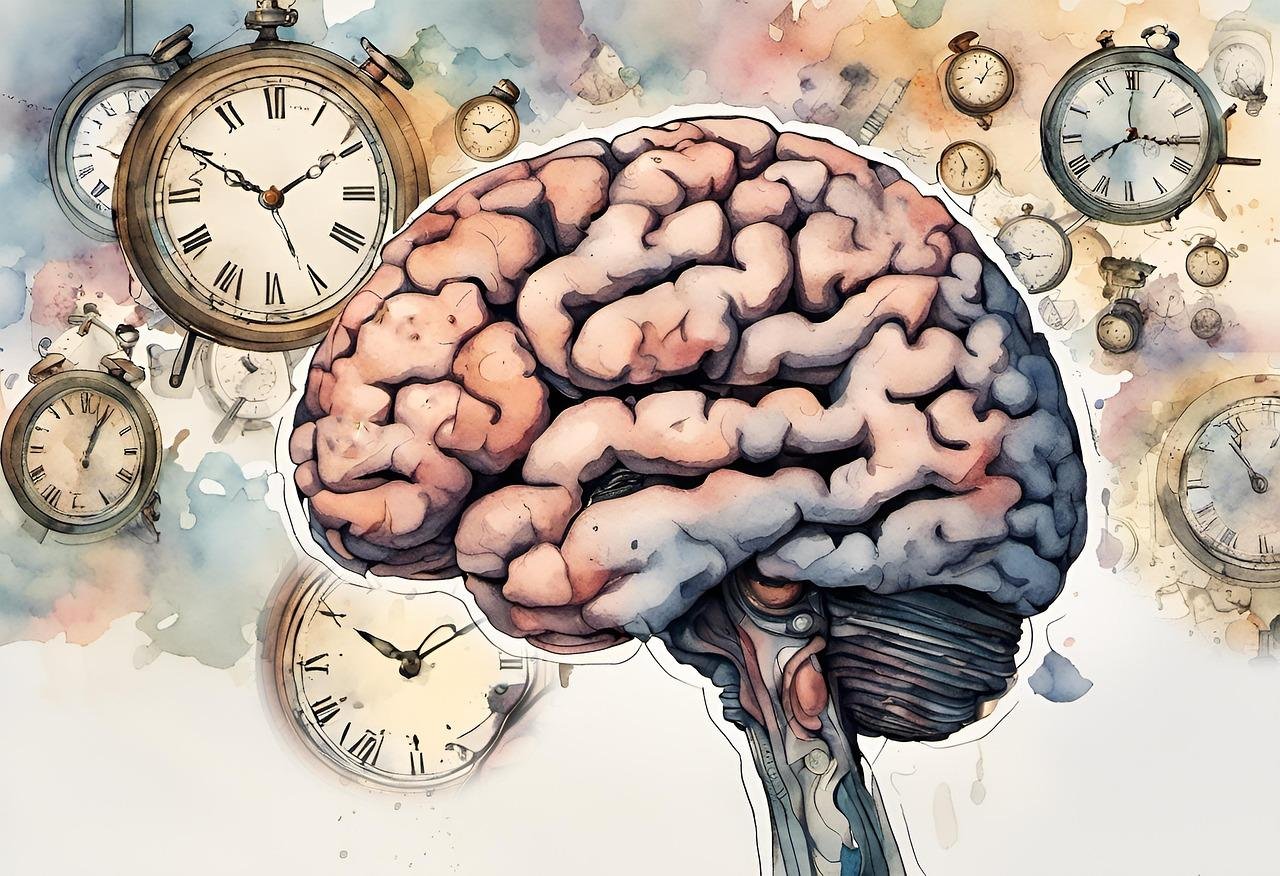family
How Jumping Genes Could Trigger Alzheimer’s and ALS

In 2008, neurovirologist Renée Douville made a puzzling discovery in the brains of individuals who had succumbed to ALS (amyotrophic lateral sclerosis): the presence of virus proteins. Intriguingly, these individuals had not encountered any recognized viruses. Instead, centuries-old viral genes hidden within their DNA had reactivated, producing viral proteins. The human genome is essentially a cache of ancient viral remnants, constituting over 40% of our DNA in the form of retrotransposons.
While most retrotransposons are benign, Douville’s research, alongside others, suggests that some may indeed pose significant threats. These genetic elements can damage nerve cells and trigger inflammatory responses, potentially linking to neurodegenerative diseases such as Alzheimer’s and ALS. This theory, albeit nascent, is gaining traction among researchers, including neurobiologist Josh Dubnau from Stony Brook University. He acknowledges that while the evidence is mounting, it is not yet widely accepted.
Researchers have embarked on clinical trials examining the correlation between retrotransposons and neurodegenerative diseases. These trials, leveraging antiretroviral medications typically used in HIV treatment, have returned encouraging preliminary results. Concurrently, scientists are investigating how reactivated viral components may escalate into tangible diseases, designating this escalation a “retrotransposon storm.”
Retrotransposons can be characterized as “jumping genes.” They move within the genome by duplicating themselves and inserting into new locations. Many are ancient, predating modern species and have maintained some capacity to relocate within the genome using reverse transcriptase, an enzyme also utilized by viruses like HIV. A minority of these ancient retrotransposons can even confer benefits, aiding processes like stem cell maintenance and nervous system development.
However, aging appears to loosen cellular controls over retrotransposons. When these elements become active, they can disrupt normal cellular functions and provoke inflammatory responses, contributing to neurodegenerative processes. Bess Frost, a neurobiologist at Brown University, emphasizes that the proteins produced by activated retrotransposons may resemble viruses, prompting defensive reactions from cells.
Evidence linking retrotransposons to ALS surfaced in the early 2000s when researchers found reverse transcriptase in the blood of some ALS patients. Notably, Douville identified a specific retrotransposon, HERV-K, in the brains of deceased ALS patients, strengthening the case for a connection between ALS and these previously silent genetic elements.
Subsequent studies demonstrated that HERV-K activation resulted in noticeable nerve cell damage in mouse models. Investigations revealed that the protein TDP-43, previously associated with ALS, plays a crucial regulatory role over retrotransposons. When TDP-43 misbehaves, as seen in neurodegenerative conditions, it vacates the nucleus. This departure facilitates the activation of retrotransposons, creating a cycle of neuronal damage and degeneration.
In parallel studies focusing on Alzheimer’s, scientists have identified that the tau protein, which also regulates retrotransposons, may share a similar fate. Dysfunction in tau alters the structural integrity of neuronal cells, enabling retrotransposons to become activated and contribute to neuronal death. These findings suggest there may be overlapping mechanisms in different neurodegenerative diseases linking back to retrotransposon activity.
As the scrutiny of these ancient genes intensifies, their reactivation offers a unique therapeutic avenue. Antiviral medications designed to combat retroviruses appear promising in mitigating this retrotransposon resurgence. Clinical trials have demonstrated that such therapies can reduce retrotransposon activity and, potentially, slow the progression of neurodegenerative diseases.
Researchers, including Frost and Dubnau—who are involved in ongoing clinical trials—advocate that while these treatments show promise, they shouldn’t be seen as comprehensive solutions. The complexity of neurodegenerative diseases means that targeting retrotransposons alone may not be sufficient. There are indications that retrotransposons could also play a role in other conditions, such as Parkinson’s and multiple sclerosis, highlighting an expansive research agenda ahead.


















